Famed Chinese scenic spot Jiuzhaigou to reopen after quake
Post Time:2020-02-02 Views:
As one of the popular travel destinations along the silk road, sprinkled with an incredible palette of natural colours, Sichuan's UNESCO listed and plants as well as the Baima Tibetan Minority.
Jiuzhai Valley:
The Jiuzhaigou National Park in southwest China's Sichuan Province, one of the most acclaimed tourist destinations in China and also a UNESCO World Heritage Site, is regaining its beauty after a year of post-quake reconstruction.
The national park, also known as the Jiuzhai Valley, contains around 20 tourist sites and is known for its spectacular waterfalls, lush forest, serene plateau lakes, and karst rock formations.
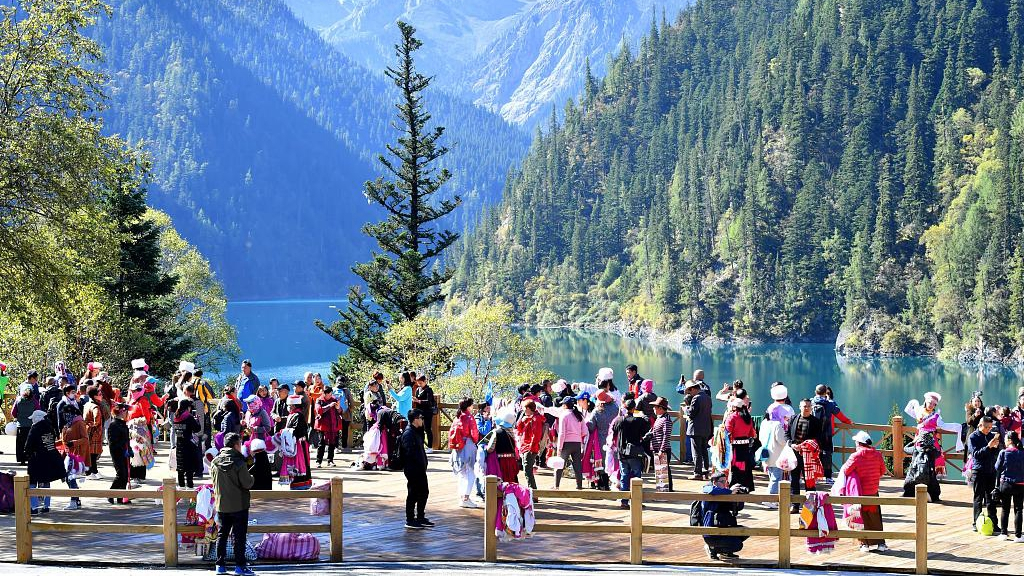
scenic spot Jiuzhaigou to reopen after the quake:
After a powerful earthquake forced its closure two years ago, part of the Jiuzhaigou National Park in southwest China's Sichuan Province will reopen to visitors on Friday on a trial basis, local authorities said Monday.
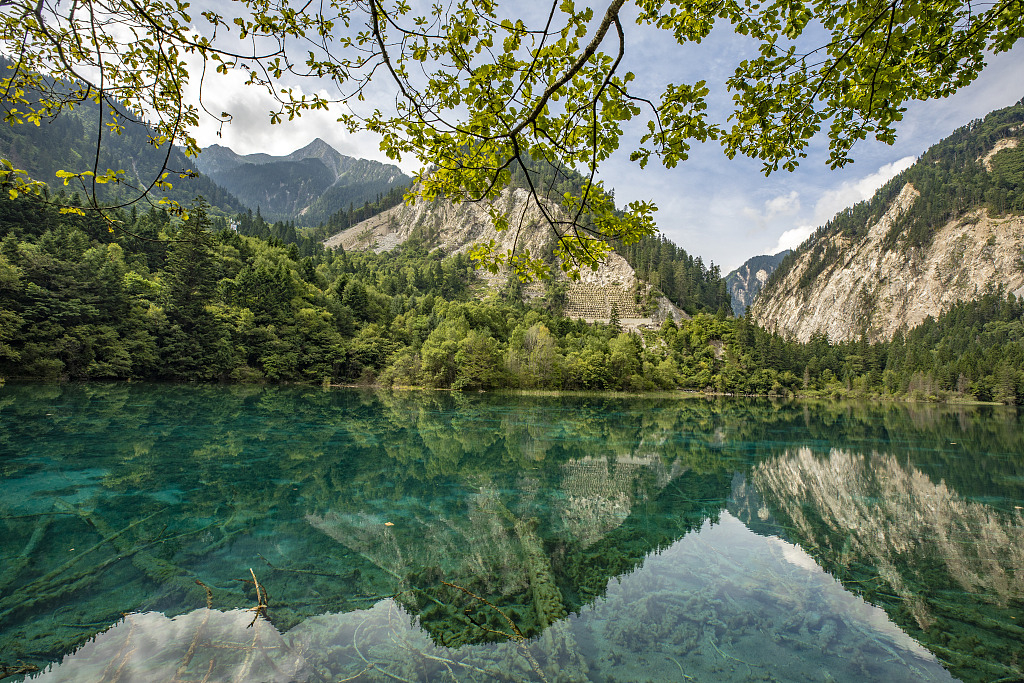
Legend of Jiuzhai Valley:
Legend says that the lake water is coloured by the substance of fairy maidens. The amazing hues of the lakes vary from blue and green to light brown, dark grey and light purple. According to science, the dazzling colours come from the aquatic plants in the lakes, the different temperatures of the water and how it refracts light and the amount of calcium carbonate in the water. Whatever the reason, there's no doubting that the gods and nature have been exceptionally kind to Jiuzhaigou.
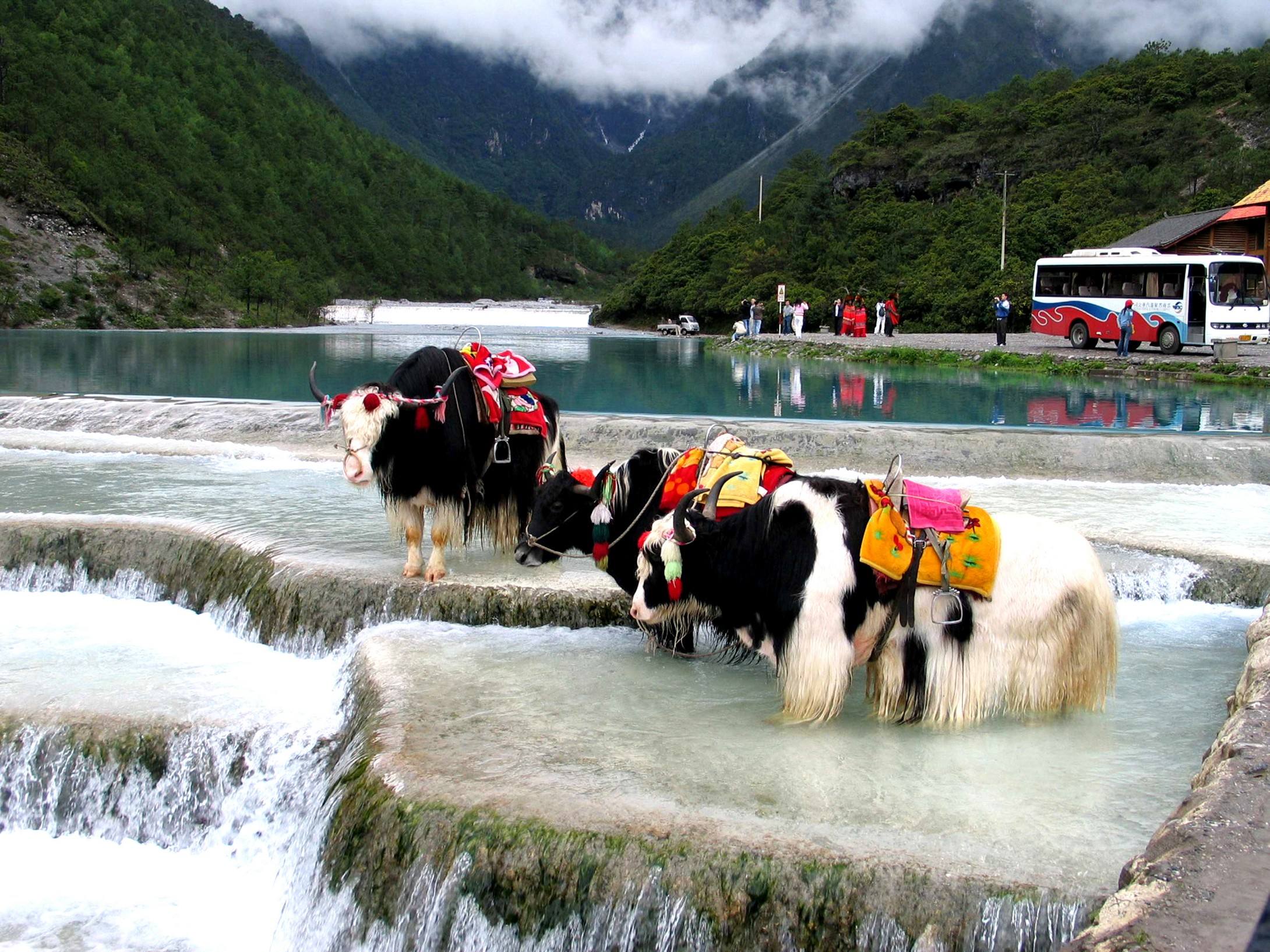
What to visit in Jiuzhai Valley:
Jiuzhaigou is indeed all about colour. Set in the Aba Autonomous Region it may take more effort to see than most of Sichuan's other sights - but understatement is impossible when it comes to natural scenery. Listed by UNESCO as a World Natural Heritage, there is an airport in nearby Songpan, cutting to less than an hour the 280 miles from the provincial capital of Chengdu. The rising number of tourists at the site may be expected to rise much faster with the direct air connection but Jiuzhaigou is large enough to allow for introspective hikes off the more beaten paths.
Cut into the mountains in the shape of a 'Y', three valleys, Shuzheng, Rize and Zechawa, extend over 30 miles into three main zones. Pathways and roads have been laid in the valley areas and buses ferry tourists from one section of the park to another. The average height of the hills overlooking the valley is around 5,900 feet, but the elevations here are gentle, making for easy strolls as well as strenuous, longer hikes. Nearest to the park's entrance lies the Shuzheng Lakes. Of the 114 lakes in Jiuzhaigou, only Shuzheng, Rize Valley, Zechawa and Zharu Valley are open to tourism. Shuzheng is the largest of the lake areas, so if time is limited. this is where you should spend it.
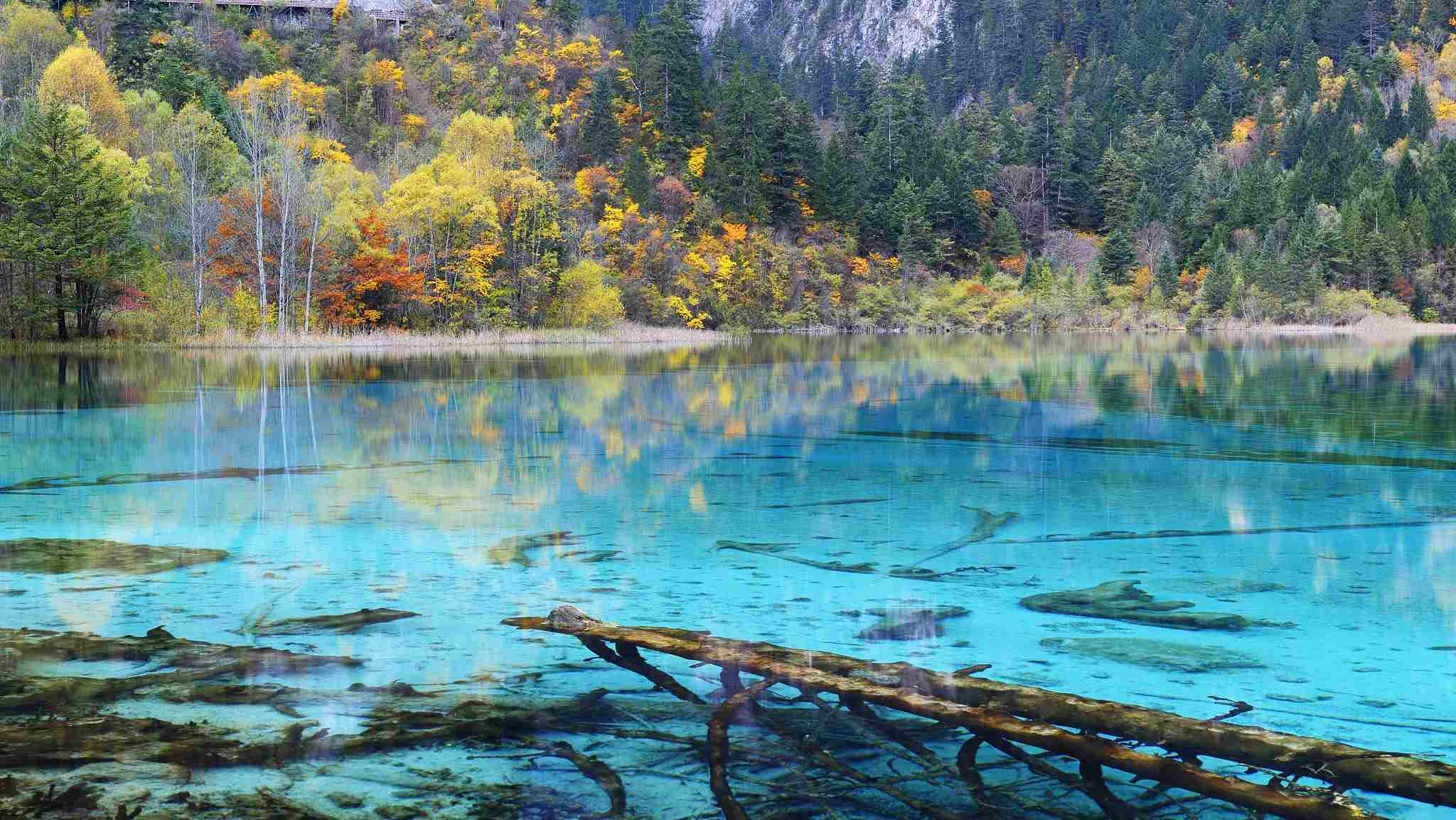
Rambling the Shuzheng Lakeside Paths:
It's impossible to pick a favourite among the many lakes, considering the natural beauty of Jiuzhaigou. Shuzheng, the largest and most accessible of the three lake specked valleys, is an ideal place to begin your exploration. Spread out over hundreds of acres, the main attractions in Shuzheng Valley are the Shuzheng and Nuorilang Lakes, Dragon Lake and Spark Lake. The first two are stepped lakes, dropping in stages over mountain ledges with crystal clear water cascading from one tier to the next. Water music rarely sounds as sweet.
The milky yellow dyke at the centre of Shuzheng lake is visible through the clear water, looking like a dragon crouching below the lake. Shuzheng Waterfall meanwhile bangs and crashes its way down the hillside before plummeting into the lake.
All around, forests of many colours are reflected in the water. Many endangered animals such as the giant panda live in those woodlands, out of the reach of all but the most energetic tourists. Tastefully created wooden paths cut through the lower slopes of the valley and comfortable pavilions offer a respite to weary legs. On less crowded days they're also perfect picnic points.
Leaving the Lakes, follow the trail leading to the Shuzheng stockade, home to a settlement of Baima. The paths are lined with prayer flags of variously coloured cloth with Buddhist religious scripture printed on them. At the end of a day's walking, a bowl of noodles and several cups of Tibetan buttered tea, made with yak milk, will give you a shot of energy, enough to view the setting sun as the day draws to a close.
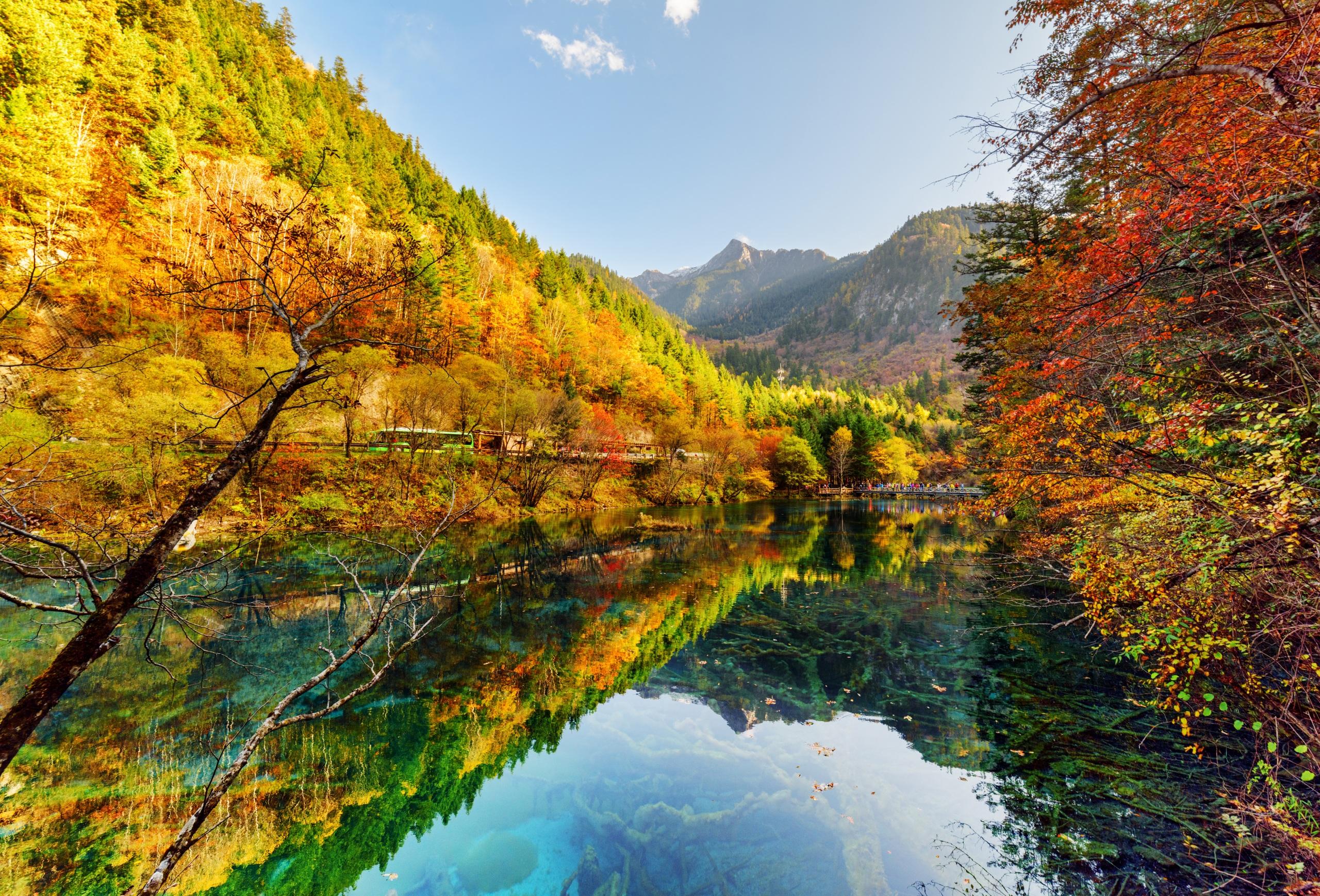
Tips:
During the trial period, the park will open from 8.30 a.m. to 5 p.m. daily and receive no more than 5,000 tourists per day. Tourists will need to buy tickets from designated websites before visiting the area, according to the park's management bureau, with all visitors required to join a tour group.
Tickets costs: 169 RMB per person in peak season and 80 RMB per person in the off-season.
Recommended Silk Road Tours
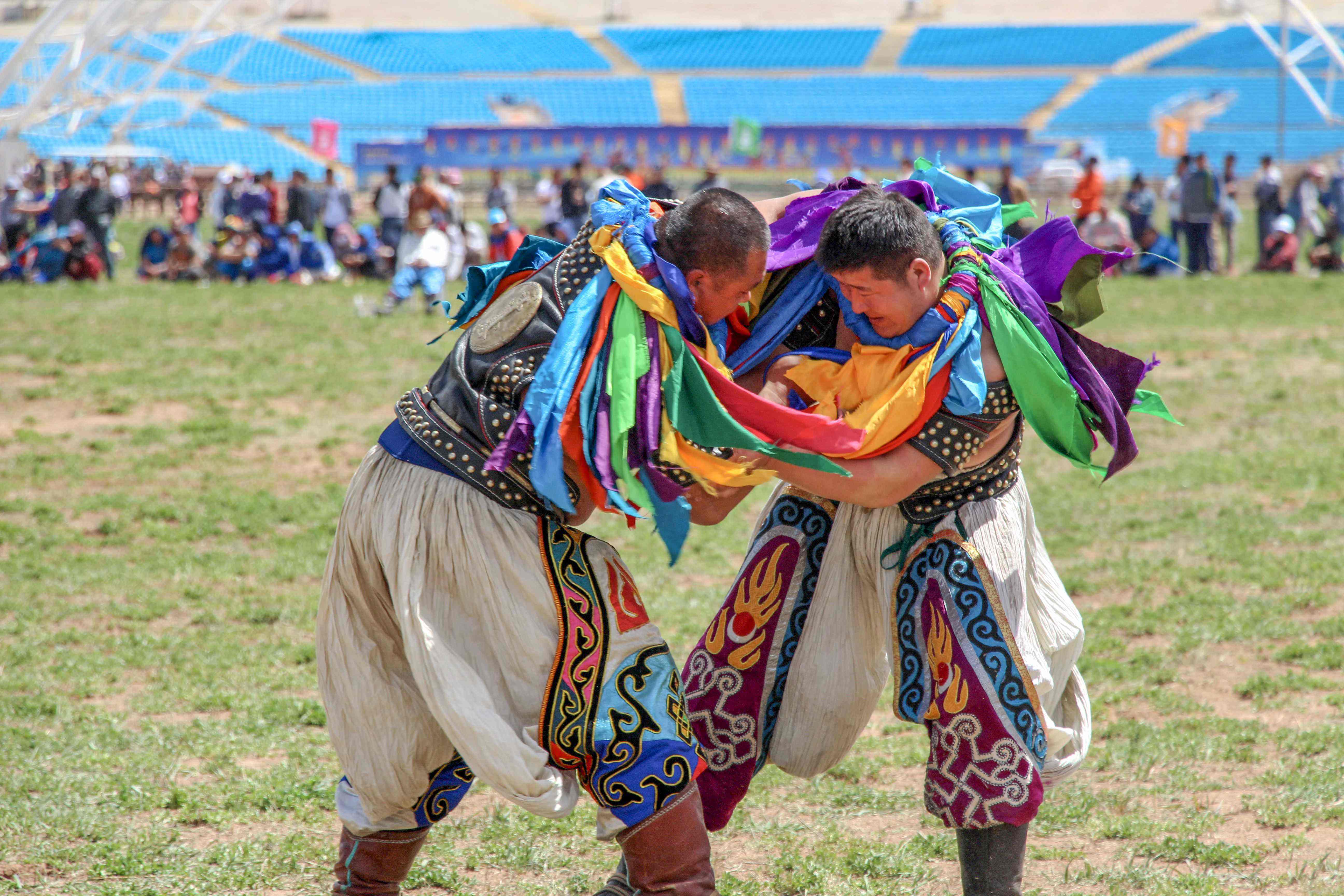 14 Days Xinjiang Picture Landscape with Ethnic Flavor Tour
14 Days Xinjiang Picture Landscape with Ethnic Flavor Tour 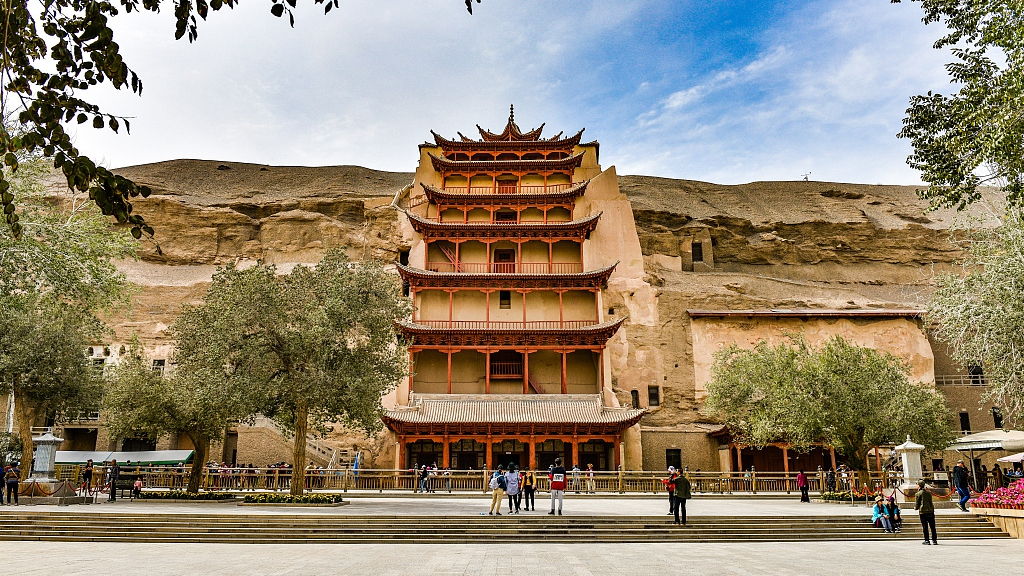 West China Travel to Qinghai and Gansu
West China Travel to Qinghai and Gansu
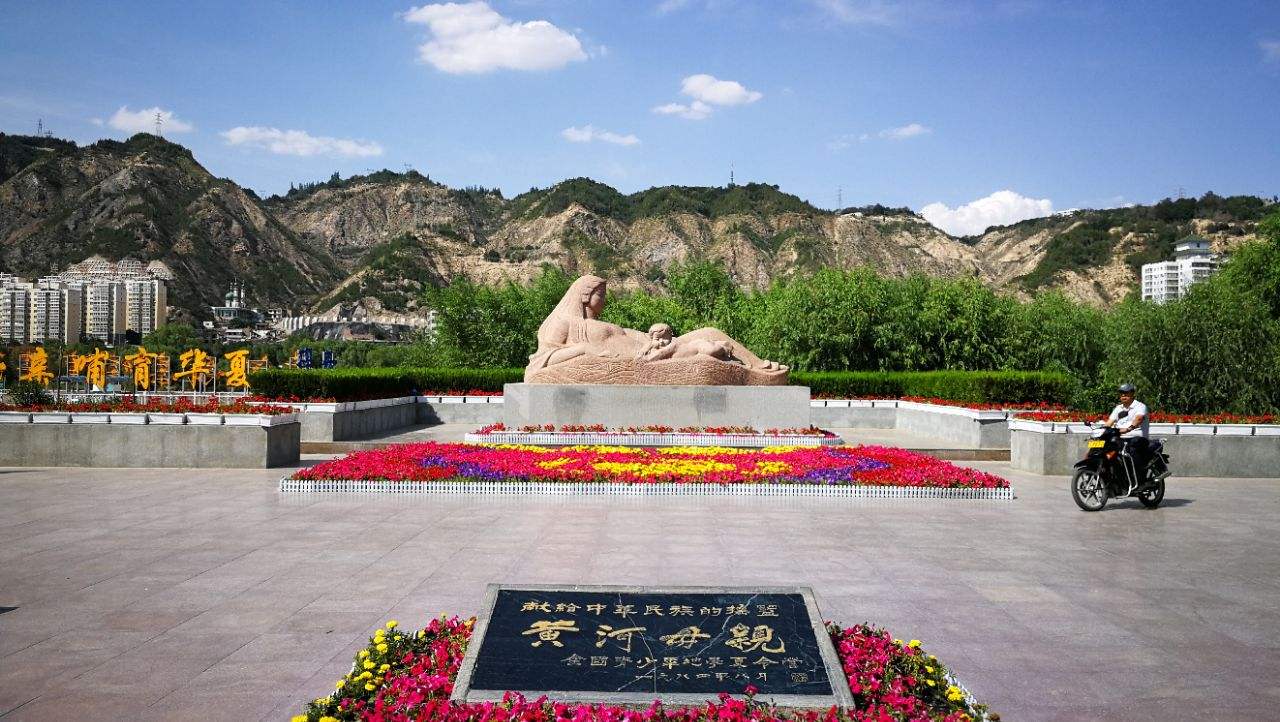 9 Days Silk Road Travel from Malaysia by Airasia
9 Days Silk Road Travel from Malaysia by Airasia 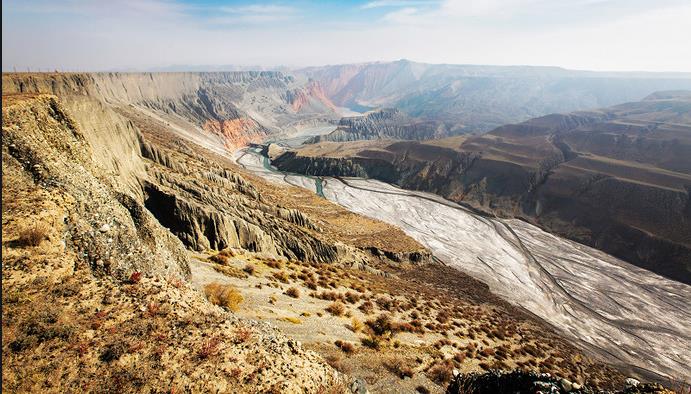 Silk Road Travel from Beijing to Bishkek
Silk Road Travel from Beijing to Bishkek
Jiuzhai Valley:
The Jiuzhaigou National Park in southwest China's Sichuan Province, one of the most acclaimed tourist destinations in China and also a UNESCO World Heritage Site, is regaining its beauty after a year of post-quake reconstruction.
The national park, also known as the Jiuzhai Valley, contains around 20 tourist sites and is known for its spectacular waterfalls, lush forest, serene plateau lakes, and karst rock formations.

scenic spot Jiuzhaigou to reopen after the quake:
After a powerful earthquake forced its closure two years ago, part of the Jiuzhaigou National Park in southwest China's Sichuan Province will reopen to visitors on Friday on a trial basis, local authorities said Monday.

Legend of Jiuzhai Valley:
Legend says that the lake water is coloured by the substance of fairy maidens. The amazing hues of the lakes vary from blue and green to light brown, dark grey and light purple. According to science, the dazzling colours come from the aquatic plants in the lakes, the different temperatures of the water and how it refracts light and the amount of calcium carbonate in the water. Whatever the reason, there's no doubting that the gods and nature have been exceptionally kind to Jiuzhaigou.

What to visit in Jiuzhai Valley:
Jiuzhaigou is indeed all about colour. Set in the Aba Autonomous Region it may take more effort to see than most of Sichuan's other sights - but understatement is impossible when it comes to natural scenery. Listed by UNESCO as a World Natural Heritage, there is an airport in nearby Songpan, cutting to less than an hour the 280 miles from the provincial capital of Chengdu. The rising number of tourists at the site may be expected to rise much faster with the direct air connection but Jiuzhaigou is large enough to allow for introspective hikes off the more beaten paths.
Cut into the mountains in the shape of a 'Y', three valleys, Shuzheng, Rize and Zechawa, extend over 30 miles into three main zones. Pathways and roads have been laid in the valley areas and buses ferry tourists from one section of the park to another. The average height of the hills overlooking the valley is around 5,900 feet, but the elevations here are gentle, making for easy strolls as well as strenuous, longer hikes. Nearest to the park's entrance lies the Shuzheng Lakes. Of the 114 lakes in Jiuzhaigou, only Shuzheng, Rize Valley, Zechawa and Zharu Valley are open to tourism. Shuzheng is the largest of the lake areas, so if time is limited. this is where you should spend it.

Rambling the Shuzheng Lakeside Paths:
It's impossible to pick a favourite among the many lakes, considering the natural beauty of Jiuzhaigou. Shuzheng, the largest and most accessible of the three lake specked valleys, is an ideal place to begin your exploration. Spread out over hundreds of acres, the main attractions in Shuzheng Valley are the Shuzheng and Nuorilang Lakes, Dragon Lake and Spark Lake. The first two are stepped lakes, dropping in stages over mountain ledges with crystal clear water cascading from one tier to the next. Water music rarely sounds as sweet.
The milky yellow dyke at the centre of Shuzheng lake is visible through the clear water, looking like a dragon crouching below the lake. Shuzheng Waterfall meanwhile bangs and crashes its way down the hillside before plummeting into the lake.
All around, forests of many colours are reflected in the water. Many endangered animals such as the giant panda live in those woodlands, out of the reach of all but the most energetic tourists. Tastefully created wooden paths cut through the lower slopes of the valley and comfortable pavilions offer a respite to weary legs. On less crowded days they're also perfect picnic points.
Leaving the Lakes, follow the trail leading to the Shuzheng stockade, home to a settlement of Baima. The paths are lined with prayer flags of variously coloured cloth with Buddhist religious scripture printed on them. At the end of a day's walking, a bowl of noodles and several cups of Tibetan buttered tea, made with yak milk, will give you a shot of energy, enough to view the setting sun as the day draws to a close.

Tips:
During the trial period, the park will open from 8.30 a.m. to 5 p.m. daily and receive no more than 5,000 tourists per day. Tourists will need to buy tickets from designated websites before visiting the area, according to the park's management bureau, with all visitors required to join a tour group.
Tickets costs: 169 RMB per person in peak season and 80 RMB per person in the off-season.
Recommended Silk Road Tours
 14 Days Xinjiang Picture Landscape with Ethnic Flavor Tour
14 Days Xinjiang Picture Landscape with Ethnic Flavor Tour  West China Travel to Qinghai and Gansu
West China Travel to Qinghai and Gansu  9 Days Silk Road Travel from Malaysia by Airasia
9 Days Silk Road Travel from Malaysia by Airasia  Silk Road Travel from Beijing to Bishkek
Silk Road Travel from Beijing to Bishkek  Xinjiang China Travel is specialiesed in organizing the Classic Ancient Silk Road Tour,and we are the professional Xinjiang Tour experts.We arrange both large and small group tours and specialize in vacation planning. We pride ourselves in helping people plan the vacation adventure that is right for them. Even only one person coming, we also can provide personalized service for you. With many years of experiencebehind us,we always offer the best value,most comfort and flexible tour for you,you will never feel rush and tired.
Xinjiang China Travel is specialiesed in organizing the Classic Ancient Silk Road Tour,and we are the professional Xinjiang Tour experts.We arrange both large and small group tours and specialize in vacation planning. We pride ourselves in helping people plan the vacation adventure that is right for them. Even only one person coming, we also can provide personalized service for you. With many years of experiencebehind us,we always offer the best value,most comfort and flexible tour for you,you will never feel rush and tired.
Our Blog
- Silk Road Private Tour
- Silk Road Train Tours
- Silk Road Tour for Senior Citizens
- Silk Road Tour from Malaysia
- Silk Road Travel from Australia
- Silk Road Tours in 2020
- Zhang Qian's Mission to the Western...
- Chinese Food Culture
- Mogao Cave 275 (Northern Liang 421-...
- Xuanzang: A Buddhist Pilgrim on the...



